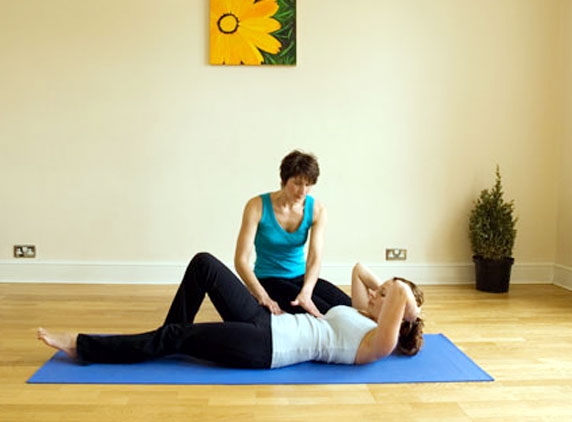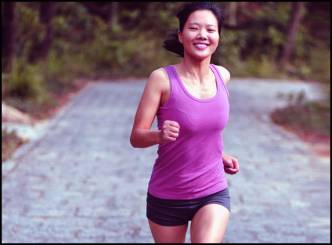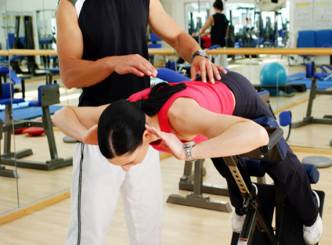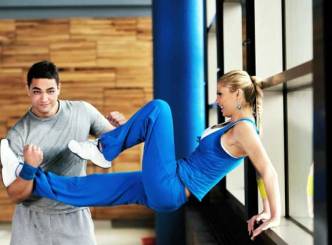
To prevent injury during exercise or physical activity, follow some easy tips. Wear appropriate protective gear, use correct techniques, get adequate hydration (water) and sun protection, and exercise on well-prepared surfaces. Warming up and cooling down may help to reduce muscle soreness. Avoid exercise when in pain or fatigued.
There is a risk of injury with any type of physical activity. Generally the benefits of staying active far outweigh the risks. With preparation and common sense, you can reduce your risk of exercise injury and continue to gain health and fitness benefits.
Risk factors
Some types of physical activity, such as high-speed activities or contact sports, involve specific injury risks. Some of the more general injury risk factors include:
Inexperience or poor technique (‘form’)
Failure to wear appropriate protective equipment
Overtraining.
Reduce your risk of injury
General suggestions for reducing your risk of injury include:
Have a medical check-up before you begin if you have a medical condition, are overweight, are aged over 40 years or haven’t exercised regularly for a long time.
Exercise regularly to keep yourself in good physical condition.
Gradually increase intensity after a break or when starting something new.
Learn, practise and use correct skills and techniques. Seek instruction on maintaining good form and control during your chosen activity. You may consider consulting a coach to help you devise a program to suit you.
Use appropriate protective equipment and dress for the conditions. Avoid overheating and protect against cold.
Be SunSmart. Protect your skin from ultraviolet (UV) radiation and sun damage. Wear a hat, suitable clothing and Australian Standard approved sunglasses. Apply 30+ water-resistant sunscreen to all exposed areas of skin and reapply regularly.
Drink plenty of water before, during and after activity.
Avoid exercise when in pain or fatigued.
Don’t exercise if you’ve been drinking alcohol or have taken other drugs that may affect your physical or mental state.
Make sure qualified first aid personnel, first aid kits and emergency contact numbers are available where appropriate.
Avoid dehydration and heat stress
Dehydration reduces exercise performance and increases the risk of heat-related illness. It can cause cramping of the muscles.
Warm up and cool down
Warming up before exercise helps to loosen muscles, increase blood flow and prepare your whole body for exercise. Light exercise to help you cool down slowly helps the whole body recover from exercise. There is some proof that warming up and cooling down can (slightly) reduce muscle soreness after exercise. Warming up has also been shown to improve performance during exercise.
Warm up and cool down with a light level of activity that uses your whole body for about 10 minutes, such as brisk walking or jogging.
Check environment and equipment safety
Hard or uneven surfaces, low levels of lighting and extreme weather conditions are just some of the environmental factors that can increase your risk of injury.
Suggestions include:
Take responsibility for checking and maintaining the safety of the exercise area and equipment.
Be aware of potential hazards beyond your control such as motor vehicles, animals or wayward balls.
Make sure children are supervised at all times by a responsible adult.
Make sure you have the correct safety equipment for the sport. Examples of safety gear designed to protect you during exercise include helmets, mouthguards, protective eyewear, shoes, shin guards, wrist guards, elbow and knee pads, gloves, athletic cups and padding.
Avoid the hazard of poorly fitting or maintained equipment. Make sure your gear is the correct size, fits well, is approved by the organisation governing the sport and is properly maintained.
If an injury occurs
Stop exercise immediately to help prevent any further damage and to avoid delayed recovery.
Seek first aid.
Seek treatment from a health professional sooner rather than later and follow their advice on a safe return to activity.
Different attitudes about stretching to prevent injury
Stretching, warming up and cooling down were previously thought to aid injury prevention during exercise. However, there is not a lot of evidence that these activities are effective in reducing exercise injury risk.
There is some evidence that warming up and cooling down might help to reduce muscle soreness after exercise, even if they don’t prevent injuries. Careful stretching can be included as part of your overall warm-up and cool-down routine. Some people also find psychological benefits in stretching and warming up to put them in the right frame of mind for exercise or to help them relax after exercise.

























